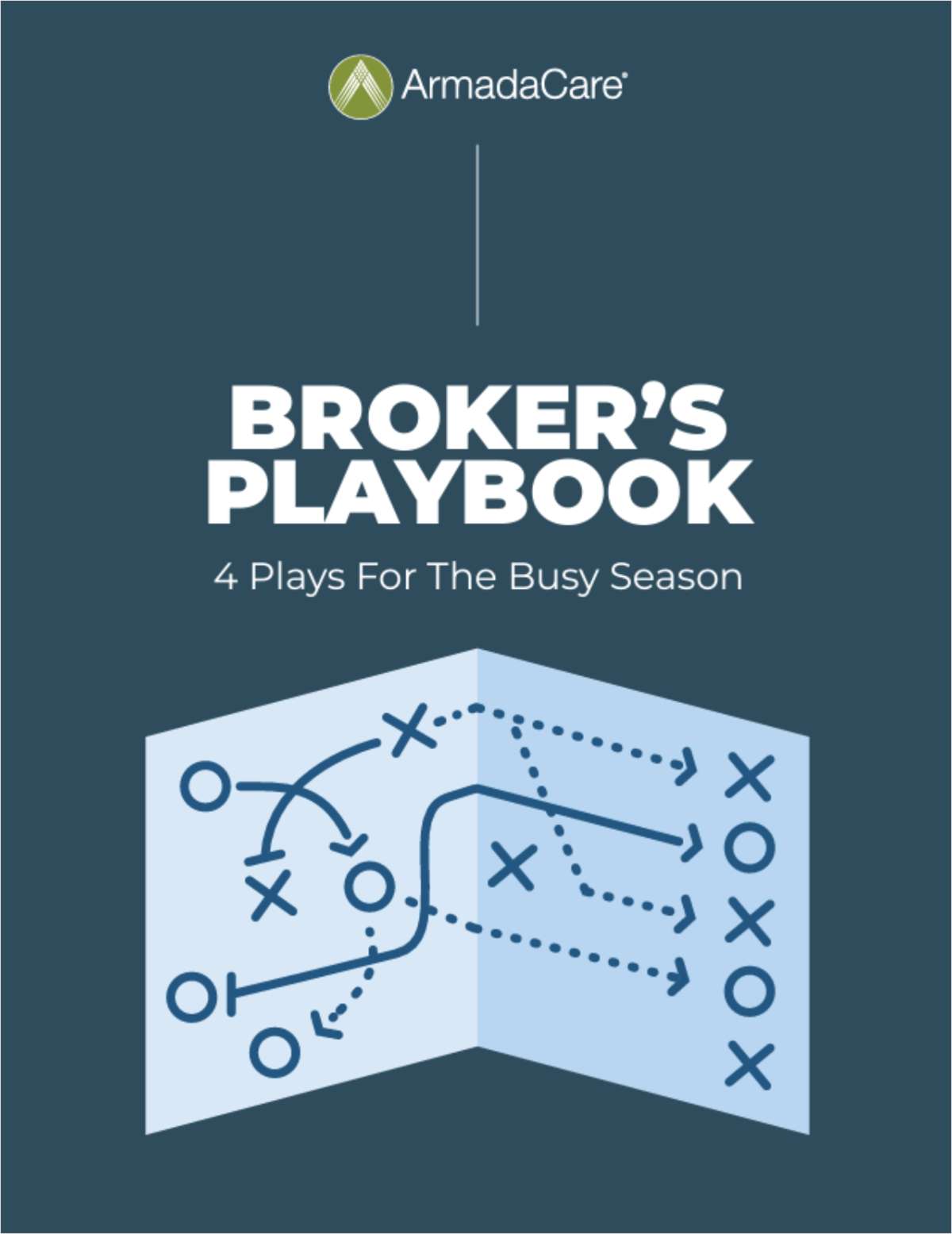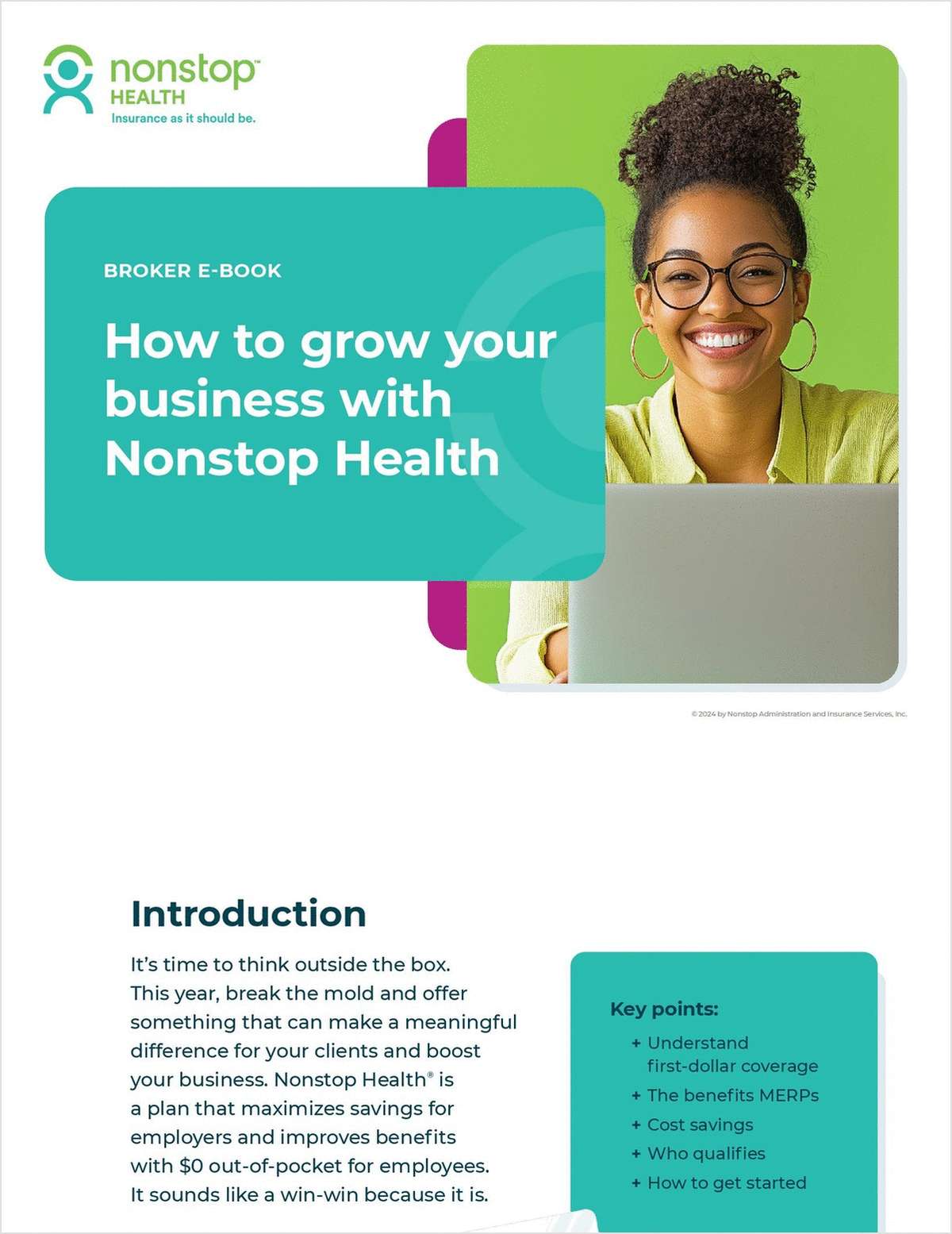In December, two parties in a high-profile ERISA fiduciary breach case filed a motion for the court to approve a settlement worth $140 million. This settlement is nearly 10 times greater than some other recent high-profile settlements. To date, this is the largest settlement ever in an ERISA fiduciary breach case involving the receipt of revenue sharing by a service provider.
The lawsuit was originally filed against the defendant — Nationwide Life Insurance Co., and its affiliate, Nationwide Financial Services Inc. – in 2001 over undisclosed revenue sharing payments from non-proprietary mutual funds in violation of ERISA. By no means is this an indication that group annuity contracts are prohibited from use. However, the settlement does include a number of action items that I suggest represent a blueprint to mitigate litigation risk for any retirement plan whether it is funded with a group annuity contract or a trust.
Also read: Nationwide agrees to $140M ERISA settlement
Continue Reading for Free
Register and gain access to:
- Breaking benefits news and analysis, on-site and via our newsletters and custom alerts
- Educational webcasts, white papers, and ebooks from industry thought leaders
- Critical converage of the property casualty insurance and financial advisory markets on our other ALM sites, PropertyCasualty360 and ThinkAdvisor
Already have an account? Sign In Now
© 2024 ALM Global, LLC, All Rights Reserved. Request academic re-use from www.copyright.com. All other uses, submit a request to [email protected]. For more information visit Asset & Logo Licensing.








